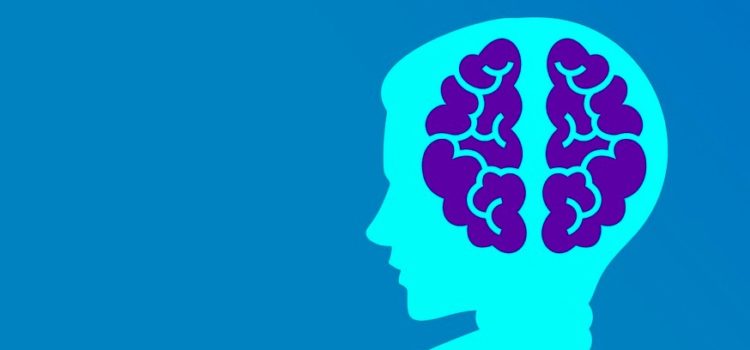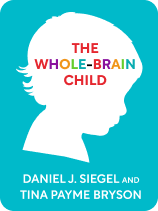

This article is an excerpt from the Shortform book guide to "The Whole-Brain Child" by Daniel J. Siegel and Tina Payne Bryson. Shortform has the world's best summaries and analyses of books you should be reading.
Like this article? Sign up for a free trial here .
What is the difference between the left and right brain? What functions are associated with each hemisphere?
The human brain is visibly split into two hemispheres—the left brain and the right brain. The left hemisphere is associated with language and logical thinking and the right brain is associated with emotion, creativity, and intuition.
Read about the difference between the left and right brain, as well as their functions.
Left Brain and Right Brain
The human brain is symmetrical, consisting of two hemispheres—commonly referred to as the left and right brain. The left brain controls movement on the left side of the body, while the right brain controls the left side. They are also associated with different modes of thinking:
The left brain:
- Operates in logic
- Manages language
- Interprets things literally
- Sorts things into a linear order or sequence
The right brain:
- Operates in emotions and intuition
- Manages physical sensations and nonverbal communication (such as eye contact, gestures, tone of voice, and facial expressions)
- Interprets things in the context of the big picture
- Processes autobiographical memories (Shortform note: Autobiographical memories are memories of personal experiences, as opposed to memories of information, such as a grocery list.)
If you rely too heavily on your left brain, you end up in an emotional desert. You operate only with cold, calculating logic, neglecting your and others’ emotions. In an emotional desert, you lose compassion, empathy, and big-picture perspective. Teens often retreat to emotional deserts, because it gives them a feeling of control when they become overwhelmed by the emotional overload of adolescence.
In contrast, if you rely too heavily on your right brain, you face an emotional flood. You’re bombarded with feelings and physical sensations, unable to make sense of it all. Babies and toddlers are ruled by their right brains, because they don’t start developing command of logic until around age 3—however, parents can still effectively guide them to age-appropriate reasoning.When you’re horizontally integrated between the left and right brains, you use both your logic and your emotions to understand your experiences, your thoughts, your behaviors, and those of the people around you. Let’s explore two strategies for helping children integrate their left and right brains.

———End of Preview———
Like what you just read? Read the rest of the world's best book summary and analysis of Daniel J. Siegel and Tina Payne Bryson's "The Whole-Brain Child" at Shortform .
Here's what you'll find in our full The Whole-Brain Child summary :
- How to increase your child's self-awareness and emotional control
- Why the logical and emotional sides of the brain have to work together
- How to figure out why your child is afraid of something






